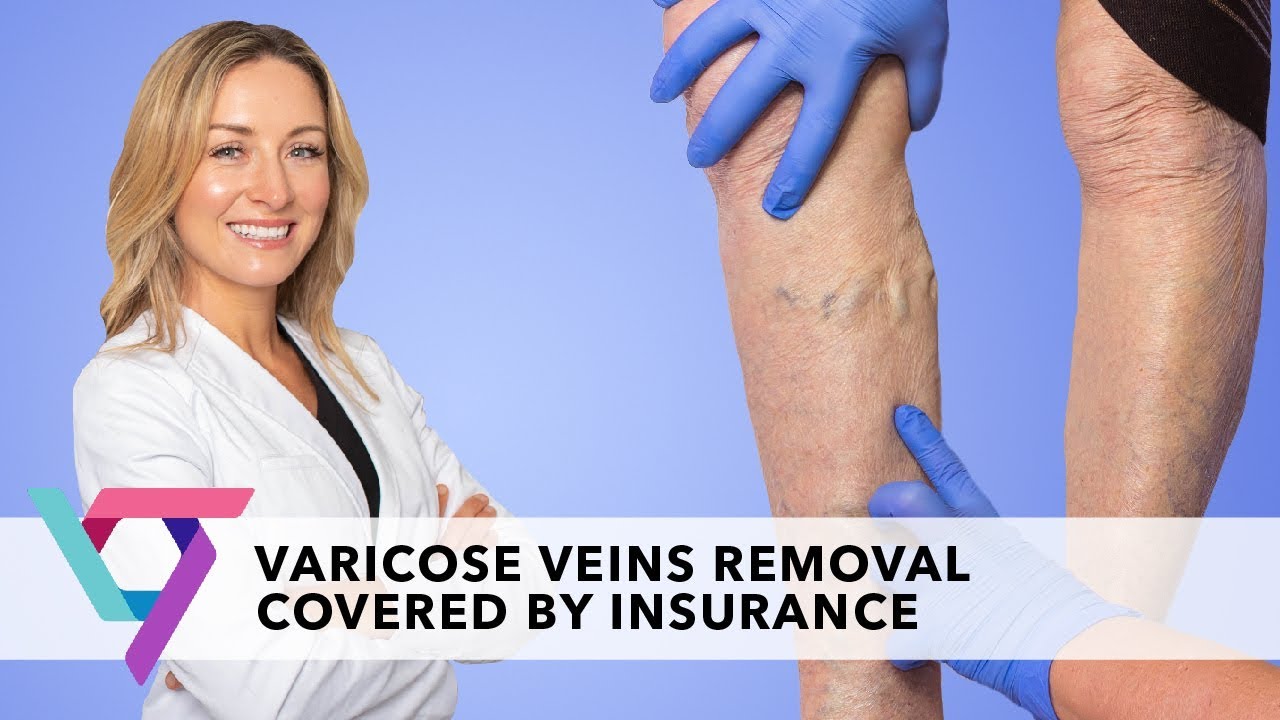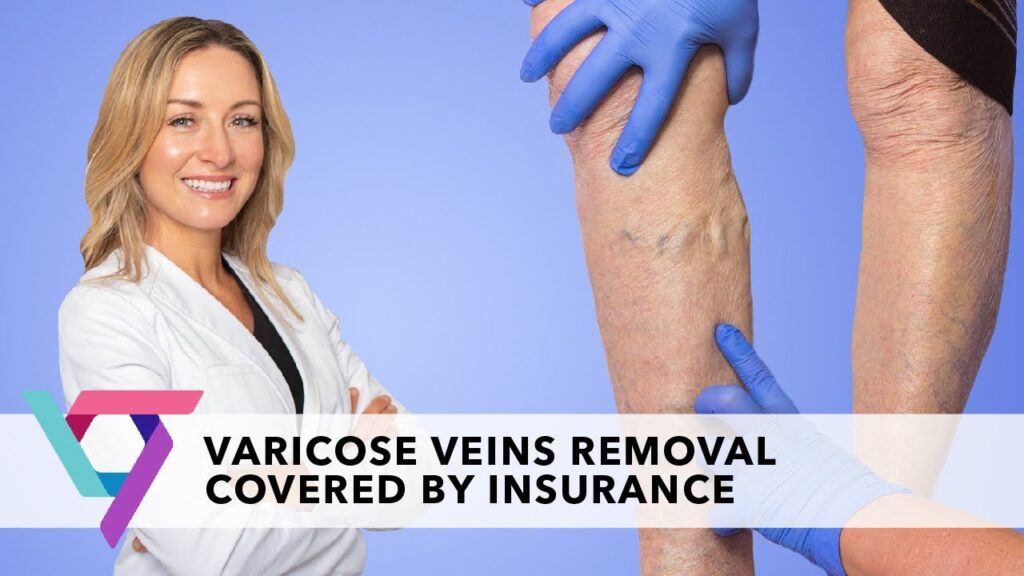Understanding Insurance Coverage for Varicose Vein Removal

Insurance coverage for varicose vein removal varies depending on the type of insurance and the specific criteria used by the insurance company. Generally, insurance may cover varicose vein removal if it is deemed medically necessary.
Types of Insurance Coverage
- Private Health Insurance: Most private health insurance plans offer some coverage for varicose vein removal, but the extent of coverage varies.
- Medicare: Medicare Part B may cover varicose vein removal if it is considered medically necessary, such as when the veins are causing pain, swelling, or other medical problems.
- Medicaid: Medicaid may cover varicose vein removal if it is deemed medically necessary and the individual meets certain income and eligibility requirements.
Criteria for Coverage
Insurance companies typically use the following criteria to determine coverage for varicose vein removal:
- Medical Necessity: The procedure must be medically necessary to treat a medical condition, such as pain, swelling, or other symptoms caused by varicose veins.
- Severity of Symptoms: The severity of the symptoms must meet the insurance company’s criteria for coverage. For example, some insurance companies may require that the veins be causing significant pain or disability.
- Alternative Treatment Options: The insurance company may require that other less invasive treatment options have been tried and failed before approving coverage for varicose vein removal.
Qualifying Medical Conditions
Some medical conditions that may qualify for insurance coverage for varicose vein removal include:
- Chronic Venous Insufficiency: A condition in which the veins are unable to effectively pump blood back to the heart, causing swelling, pain, and other symptoms.
- Venous Ulcers: Open sores on the legs caused by poor blood flow due to varicose veins.
- Deep Vein Thrombosis (DVT): A blood clot in a deep vein, which can be caused by varicose veins.
Documentation and Medical Records
To support an insurance claim for varicose vein removal, you must provide comprehensive documentation, including:
- Medical history, including any previous treatments or surgeries
- Documentation of symptoms, such as pain, swelling, or discoloration
- Imaging studies, such as ultrasound or venograms, to confirm the presence and severity of varicose veins
- Physician’s notes detailing the recommended treatment plan and its potential benefits
- Insurance policy documents and coverage information
Obtaining and Organizing Records
To obtain your medical records, contact your healthcare provider’s office. They will typically charge a fee for copying and releasing your records. You can organize your records by:
- Creating a binder or folder to store all documents
- Making copies of all records for your own reference
- Highlighting or annotating important sections
By providing complete and organized documentation, you can increase the likelihood of your insurance claim being approved for coverage of varicose vein removal.
Submitting an Insurance Claim
Once you have gathered the necessary documentation and medical records, you can submit an insurance claim for varicose vein removal.
The process of submitting an insurance claim can be complex and time-consuming, but it is important to do it correctly to ensure that you receive the coverage you are entitled to.
Steps Involved in Submitting an Insurance Claim
| Step | Description | Timeline |
|---|---|---|
| 1 | Gather all necessary documentation, including your medical records, insurance card, and a completed claim form. | As soon as possible after your procedure. |
| 2 | Submit your claim to your insurance company. You can do this online, by mail, or by fax. | Within the time frame specified by your insurance company. |
| 3 | Follow up with your insurance company to check on the status of your claim. | As needed. |
Common Pitfalls to Avoid When Submitting a Claim
* Not gathering all of the necessary documentation.
* Not submitting your claim within the time frame specified by your insurance company.
* Not following up with your insurance company to check on the status of your claim.
* Not appealing a denied claim.
Appealing a Denied Claim
If your insurance claim for varicose vein removal has been denied, do not lose hope. You have the right to appeal the decision and present additional evidence to support your case.
To initiate the appeal process, contact your insurance company and request an appeal form. This form will typically ask for information about your condition, the treatment you are seeking, and why you believe your claim should be approved.
Tips for Writing an Effective Appeal Letter
- State your case clearly and concisely.
- Provide detailed medical documentation to support your claim.
- Explain how varicose veins are impacting your quality of life.
- Discuss the potential risks and benefits of varicose vein removal.
- Request a peer-to-peer review by an independent medical professional.
Examples of Successful Appeals and Arguments Used
Here are some examples of arguments that have been used successfully in varicose vein removal appeals:
- The varicose veins are causing significant pain, swelling, and discomfort.
- The varicose veins are interfering with daily activities and quality of life.
- The varicose veins are at risk of developing serious complications, such as blood clots or ulcers.
- Varicose vein removal is the only effective treatment option for the patient’s condition.
Alternative Funding Options
If insurance coverage for varicose vein removal is denied, there are several alternative funding options available.
It’s crucial to consider the pros and cons of each option carefully before making a decision.
Personal Loans
- Pros:
- Lower interest rates compared to medical credit cards.
- Longer repayment periods, reducing monthly payments.
- Cons:
- May require good credit score and income.
- Can impact credit score if payments are missed.
Medical Credit Cards
- Pros:
- 0% introductory APR for a limited period.
- Designed specifically for medical expenses.
- Cons:
- High interest rates after introductory period.
- May have annual fees or balance transfer fees.
Crowdfunding
- Pros:
- Can raise funds from a large pool of individuals.
- Can spread awareness about your condition.
- Cons:
- Can be time-consuming and emotionally draining.
- No guarantee of reaching the fundraising goal.






